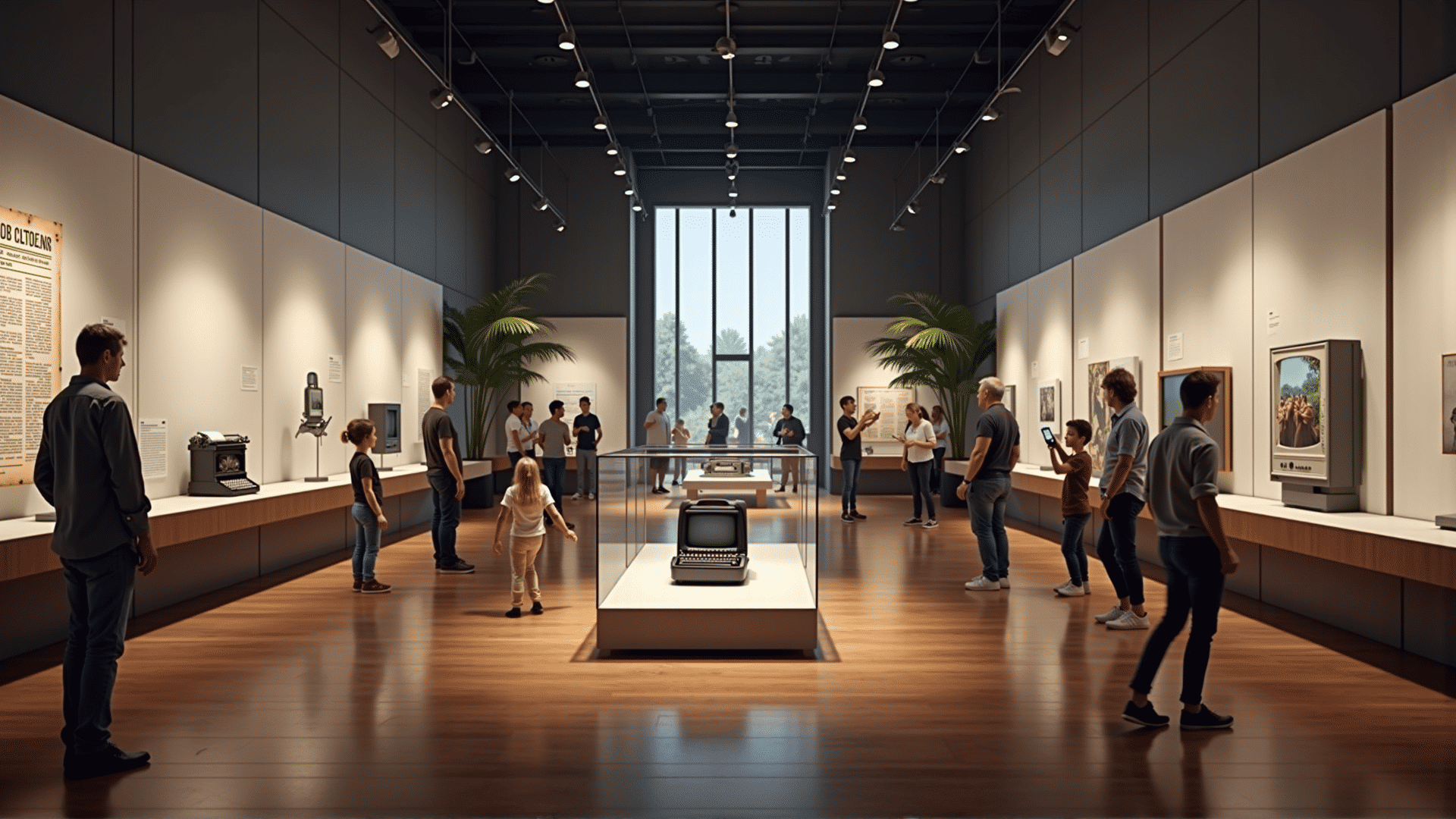The evolution of media throughout history is a fascinating journey, reflecting the dynamic interplay between technology, culture, and society. From the carved tablets of early civilizations to today's digital content, media has continually transformed the ways in which stories are told and understood. This progression not only demonstrates advancements in technology but also reveals changes in societal narratives and representation.
In ancient times, inscriptions on stone or clay tablets were among the earliest forms of recorded information, often serving religious or governmental purposes. As writing systems developed, so did the mediums of communication. The invention of papyrus in Egypt and parchment in various parts of the world made it easier to document and preserve texts, allowing for broader dissemination of literary and scholarly works.
The advent of the printing press in the 15th century marked a significant shift in media history. With Johann Gutenberg's movable type, books became more accessible, allowing for the spread of ideas and knowledge that fueled movements such as the Renaissance and the Reformation. Print media not only facilitated literacy but also empowered diverse voices, laying a foundation for broader societal discourse.
Transitioning into the 19th and early 20th centuries, the emergence of newspapers and magazines revolutionized the consumption of information. These periodic publications became key players in shaping public opinion and were instrumental in disseminating news rapidly across regions. Serial publications also provided a platform for serialized storytelling, contributing to the development of the modern novel.
The arrival of radio in the early 20th century marked the dawn of audio-dominated media, reaching audiences in real-time and making information more immediate. Radio became a powerful tool for both entertainment and news, especially during significant historical events such as wars and political upheavals. It also played a crucial role in the popularization of music genres and new cultural movements.
Television followed suit, combining visual and audio elements to create an even more engaging medium. By the mid-20th century, TV had become the primary source of entertainment and information for millions worldwide. It offered a new platform for influential storytelling while also posing challenges regarding representation and the portrayal of diverse narratives.
The rise of the internet in the late 20th century ushered in the digital age, fundamentally altering the landscape once again. The internet democratized content creation, allowing individuals to produce and share media without traditional gatekeepers. Social media platforms further revolutionized communication, fostering a more participatory culture and enabling instantaneous interaction across geographical boundaries.
As we continue to navigate this digital era, questions of representation and authenticity remain at the forefront. While technology offers unprecedented opportunities for diverse voices to be heard, it also presents challenges in ensuring that these narratives remain genuine and inclusive.
The history of media is a testament to human innovation and adaptability. Each evolution has not only altered how stories are told but also how societies perceive themselves and the world around them. As we look forward, understanding this rich history provides insights into future possibilities and the continuous shaping of our collective narratives.
